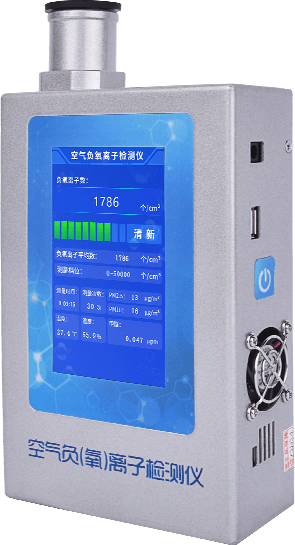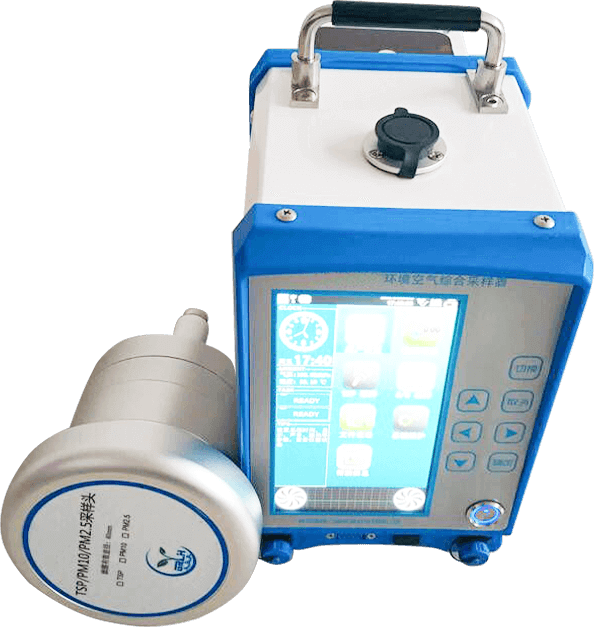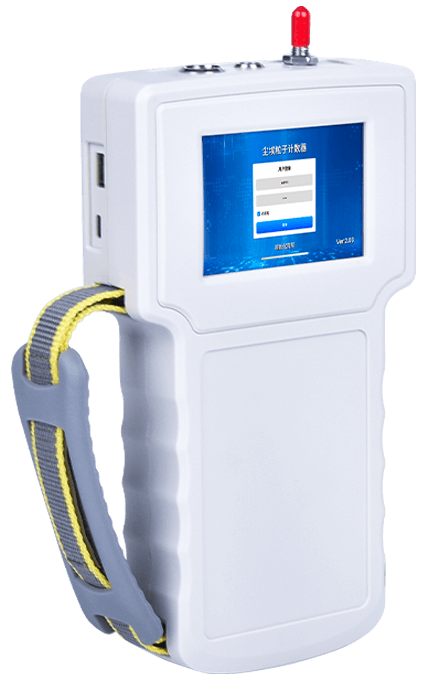
Airborne Microbial Sampler
- Product Number:LD-QW6
- Product Difference:Sampling flow rate: 28.3 L/min, capable of quantifying airborne microorganisms
Product Introduction
Our factory manufactures a six-stage impaction air microbial sampler, a dual-function, multi-stage impaction device. It is widely applicable for monitoring in environments such as sanitation, biological cleanrooms, pharmaceuticals, and fermentation industries, as well as for air microbial sampling research in relevant academic and research institutions. This provides a basis for evaluating the hazards of airborne microbial contamination and formulating preventive measures.
The six-stage impactor simulates the anatomical structure of the human respiratory tract and aerodynamic physiological characteristics. It employs the principle of inertial impaction to sequentially collect airborne microbial particles onto the surface of the sampling medium, which are then available for culture and microbiological analysis.
The entire instrument consists of an impactor, a main unit (flow meter), a timer, and a tripod.
The impactor comprises six aluminum alloy discs with micro-perforations. Agar plates are placed beneath each disc, with sealing gaskets between discs. Three spring hooks securely connect the discs. Each disc features 400 precisely sized, concentrically arranged perforations that progressively decrease in size per layer, achieving a standard sampling flow rate of 1 cubic foot per minute (28.3 L/min).
When airflow containing microbial particles enters the top sampling port, the progressive elevation of the airflow causes particles of varying sizes to impact corresponding agar surfaces based on their aerodynamic characteristics. The size range of particles captured at each level is determined by the airflow velocity through that level's orifices and the particle interception efficiency of the preceding level.
Levels 1 and 2 capture particles similar to those trapped in the human upper respiratory tract, while levels 3 to 6 capture particles analogous to those captured in the lower respiratory tract. This effectively replicates the penetration and deposition patterns of these particles within the respiratory system.
Product Features
Beyond quantifying airborne microorganisms, its unique capability lies in measuring particle size—a critical indicator for assessing microbial hazards in air.
The range of particle sizes collected is broader than that of single-stage samplers, which is unmatched by some single-stage impact samplers. Moreover, the circular nozzle of the sampler offers higher sampling efficiency compared to slit nozzles.
Relative humidity increases incrementally during sampling (from 39% in the first stage to 88% in the sixth stage), which greatly benefits the survival of fragile pathogenic microorganisms, especially viral particles.
Product parameters
| Measurement Range | Capture Efficiency: ≥98% |
| Captured Particle Range | ① First Stage: >7.0μm, Aperture 1.18mm; ② Second Stage: 4.7μm–7.0μm, Aperture 0.91mm; ③ Third Stage: 3.3μm–4.7μm, aperture 0.71mm; ④ Fourth stage: 2.1μm–3.3μm, aperture 0.53mm; ⑤ Fifth stage: 1.1μm - 2.1μm, aperture 0.34mm; ⑥ Sixth stage: 0.65μm–1.1μm, aperture 0.25mm; |
| Sampling Flow Rate | 28.3 L/min adjustable, accuracy ≤5% |
| Noise Level | ≤60 dB |
| Electronic Timer | Range 1–99 hours, Accuracy <1% |
| Power Supply | AC/DC dual-use |

 +86 19353291814
+86 19353291814
 +86 19353291814
+86 19353291814



